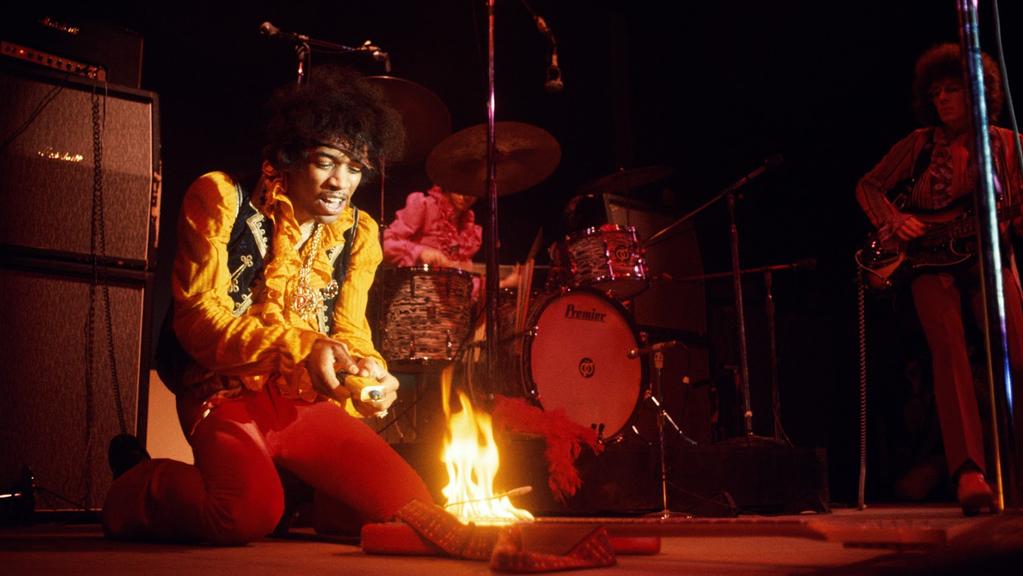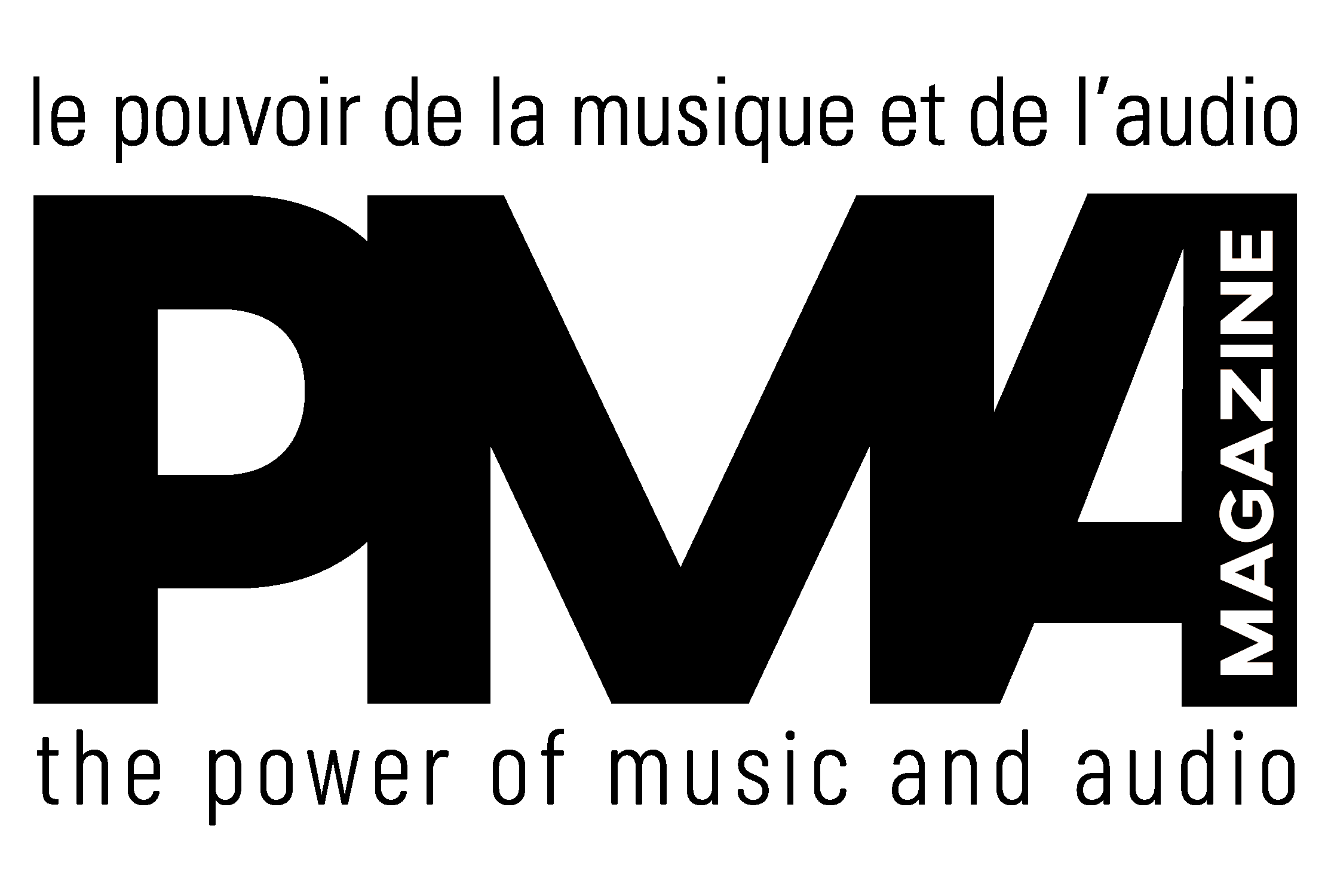
Monterey, summer ’67. This wasn’t just any festival. It was where the nascent spirits of rock and soul would converge, promising an explosion of musical brilliance. Names like Janis Joplin and Otis Redding graced the roster, but as twilight deepened over the Californian coast, it was Jimi Hendrix, the psychedelic vanguard of rock, who was poised to redefine what a performance could be.
Having painted Britain with the electric hues of “Are You Experienced?”, Hendrix returned to American soil with a burning intent. As the evening progressed, the excitement was palpable. The crowd, a blend of hippies, music enthusiasts, and curious onlookers, swayed and danced to the tunes of the day. But whispers flitted about – what would Hendrix bring?
The stage, lit only by spotlights and the soft glow of amplifiers, became his canvas. From the opening riffs, the audience was entranced. Each note, each chord was not just heard but felt. With every audacious move – be it playing the guitar behind his back or teasing it with his teeth – he pushed the boundaries of what the crowd had come to expect from a live performance.
Yet, as his set reached a climax, the atmosphere became thick with anticipation. Something was brewing, and the audience, sensing this, grew hushed. Amid this electric tension, Jimi took a pause. A moment that felt like eternity passed. And then, in an act that seemed to echo the very unrest and rebellion of the ’60s, he brought out a can of lighter fluid. What followed was an act of raw, unbridled passion: his beloved guitar, now a blazing pyre in the center stage.
This wasn’t just an artist breaking his instrument; it was a ritualistic offering to the gods of rock ‘n’ roll. The flames that licked the strings, the smoky silhouette of Hendrix standing before it, the crowd in stunned silence – it became a tableau of a moment when music wasn’t just sound but a transformative experience.
The aftermath of that evening rippled through time. That burning Stratocaster wasn’t just wood and strings turned to ash, but a symbol of an era, an ethos. Every strum, every lyric penned in defiance, carries the ember of that Monterey night. And as Hendrix himself once said, “Music is a safe kind of high.” But that night, it was more than a high – it was transcendence. The world of rock had witnessed its fiery baptism, and it would never be the same.









Leave a Reply